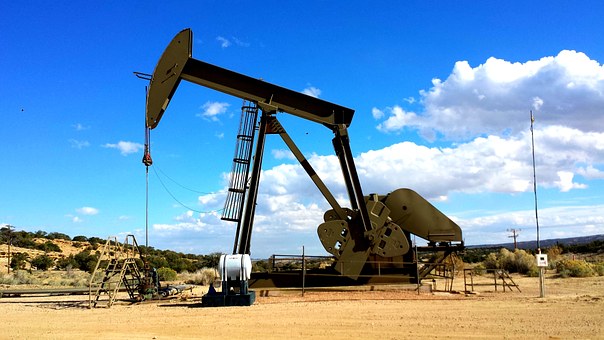
ONGC struggles as plummeting oil prices fail to cover operating costs
State-owned Oil and Natural Gas Corp (ONGC) has asked the government to waive payment of oil cess and royalty as plummeting international oil prices have meant that the rate it now gets does not even cover the operating cost, sources said.

While the slump in international oil prices to more than two-decade low is good news for fuel consumers, it is spelling economic havoc on oil and gas producers.
State-owned Oil and Natural Gas Corp (ONGC) has asked the government to waive payment of oil cess and royalty as plummeting international oil prices have meant that the rate it now gets does not even cover the operating cost, sources said.
Sources said ONGC management has told the government its average price realization of USD 22 per barrel in April is not enough to cover even the operating cost.
On top of it, the drop in natural gas prices to a decade low of USD 2.39 per million British thermal unit is leading to a loss of about ₹6,000 crore annually.
ONGC, sources said, has asked the government to abolish oil development cess if price realized by producers is less than USD 45 per barrel. It also wants royalty that the central government charges on oil and gas produced from the offshore area to be waived.
Related news: ONGC ends methane exploration in Tamil Nadu’s Cauvery basin
The company has so far maintained a CAPEX of ₹30,000-34,000 crore in the last few years but the current prices do not generate enough surplus to cover even operating expenditure or Opex.
Currently, the government levies 20 per cent ad-valorem oil industry development (OID) cess on the price that producers get. Also, ONGC/OIL is required to pay 20 per cent royalty on the price of crude oil it extracts from onland oil blocks to the state governments.
The central government charges 10-12.5 per cent royalty on oil produced from offshore areas.
Sources said the company wants the royalty charged by the central government to be waived for now.
It also wants the formula of pricing domestically produced natural gas at rates prevalent in gas-surplus nations such as the US and Russia. The rates using the formula came to USD 2.39 per million British thermal unit (mmBtu) from April.
This price is the lowest that the company will realize since 2010 when the government had moved towards deregulating gas pricing.
In May 2010, the Cabinet had approved an Oil Ministrys proposal to raise the rate of gas sold to power and fertilizer firms from USD 1.79 per mmBtu to USD 4.20.
Sources said OID cess, which has increased from USD 3 to USD 13 over the years, is causing a lot of stress on current and new oil and gas projects.
OID cess is levied on crude oil produced as excise duty under the Oil Industries (Development) Act of 1974. The cess is being levied on crude oil from nominated blocks and pre-NELP exploratory blocks only.
The OID cess was raised from ₹2,500 per tonne to ₹4,500 per tonne in March 2012. The price of the Indian basket of crude oil stood at around USD 110 per barrel then.
With the fall in global crude oil prices in mid-2014, companies were asked for reducing the levy and converting it into 8-10 per cent ad-valorem. The government had changed the levy of the cess to 20 per cent ad-valorem in March 2016.
Sources said ONGC has communicated to the government that the current rate of taxes is threatening to push the firm into cash losses and will impact its planned CAPEX.
Unless profits are made, future investments are at a risk, they said, adding ONGC fields are old and past their prime and it would be a “big, big mistake” to believe they would behave as they did a decade back without investments in pulling up recovery rates.
Sources said cutting the cess rate will make over 200 million barrel of oil equivalent of production viable at the entire industry level.
(With inputs from agencies.)


